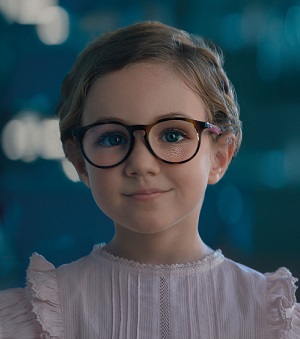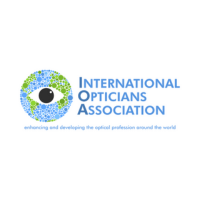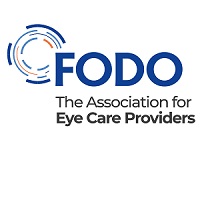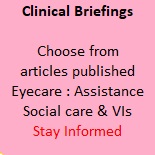General News
Essilor Stellest lens at the International Myopia Conference 2022
Essilor Stellest lens at the International Myopia Conference 2022
EssilorLuxottica releases three-year clinical trial results of its Essilor Stellest lens at the International Myopia Conference 2022
Results continue to show strong effectiveness of the lens in slowing down myopia progression in children over three years
EssilorLuxottica yesterday released the much anticipated three-year clinical trial results of its breakthrough innovation Essilor Stellest lens, for the first time at the International Myopia Conference (IMC) 2022 in Rotterdam, Netherlands. The results show that the Essilor Stellest lenses continue to exhibit strong efficacy in slowing myopia progression and axial elongation in the third year of the clinical trial.

EssilorLuxottica’s partnership with IMC as a diamond sponsor this year continues to demonstrate the Group’s strong commitment to sharing insights and expertise on myopia control globally and providing innovative solutions for children to help slow down their myopia progression.
EssilorLuxottica’s satellite session was facilitated by Dr. Mark A. Bullimore, MCOptom, PhD, FAAO – University of Houston, College of Optometry Professor, and Olga Prenat, Head, Medical Marketing, Professional Relations and Vision Care Education, EssilorLuxottica. The session titled ‘Essilor Stellest lens – New benefits of myopia control spectacle lenses’ saw presentations from EssilorLuxottica’s research and development experts, Dr. Damien Paillé and Dr. Björn Drobe. The session also had presentations from Dr. Padmaja Sankaridurg, BOptom, MIP, PhD, Head, Myopia Program, Brien Holden Vision Institute, titled ‘Essilor Stellest lens: Results from a randomised, double-blind, cross-over clinical trial’ and from Dr. Bullimore on the impact of spectacle lenses for myopia control on visual function, and myopia control in other ethnicities. There was also a plenary talk by Dr. Drobe titled ‘Myopia control efficacy of spectacle lenses with highly aspherical lenslets: three-year results’.
The clinical trial was conducted at the Eye Hospital of Wenzhou Medical University in Wenzhou, China, where 151 children from the first two years of the study were switched to spectacle lenses with highly aspherical lenslets (HAL) while a new set of 56 children were recruited and wore single vision lenses. Key highlights from the clinical trial include:
● Essilor Stellest lenses saved more than one diopter of myopia on average over three years, demonstrating conclusive evidence that they remain effective in slowing down myopia progression in children in the third year(1) .
● The results confirmed the significant positive impact of wearing time on myopia control efficacy. Children who wore Essilor Stellest lenses full time(2) saw a marked increase in myopia control efficacy. ● Aside from being effective in younger children, the results confirm that the Essilor Stellest lenses are also effective in slowing myopia progression and axial elongation in older children.
Norbert Gorny, co-Chief Operating Officer at EssilorLuxottica, said, “We are extremely encouraged to have such conclusive data showing that Essilor Stellest lenses continue to slow down myopia progression in children after three years. With the growing prevalence of myopia and associated risk of ocular conditions, we are proud to be at the forefront of myopia management with our lenses to move the needle in the fight against myopia. The lens is now available in more than 20 countries, and we will continue to expand our footprint in the future and help advance knowledge and education of myopia management to ensure that everyone understands the importance and benefits of managing myopia early and proactively in children.”
























